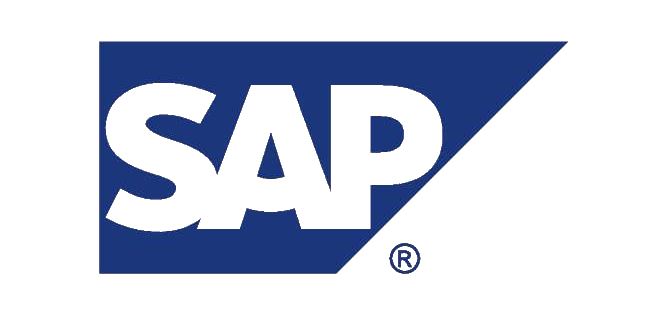SAP celebrates its 40th, no mid-life crisis here

The ex-IBMers, they did well…
40 years ago five former IBM employees — Hasso Plattner, Dietmar Hopp, Klaus Tschira, Hans-Werner Hector and Claus Wellenreuther — founded SAP, or Systemanalyse und Programmentwicklung as it was known then, in Walldorf, West Germany and have built it into a software giant that powers so many of the enterprise resources it could probably send the world’s economy hurling into oblivion at the flick of a switch.
As the biggest European software company, and currently fourth biggest in the whole world SAP’s premise is to offer something no single business owner can afford to refuse: efficiency at all levels of business management. SAP’s business is all about managing your business’ resources – from human resources to supply chain, through to accounting and business intelligence – in a way that is not only profitable for the software developer, but also for your business. And in case you have no idea how it’s profitable, SAP provides the software to explain to you where your money is coming from and going to. According the company spiel, three-quarters of the Forbes 500 companies run SAP software today.
In 1972 (the year of Intel’s revolutionary 4004 CPU) your typical PC was beginning to take the shape and form remotely resembling its modern counterparts. PCs were an expensive deal and this type of business proposition was most likely met with disregard and contempt by old school business managers, except for the ones at the Imperial Chemical Industry which became SAP’s first client. Personal Computers were there, but the ‘accountant’s’ approach to business processes left most indifferent. SAP R/1, while functional, was to remain a financial aide of sorts for a few years. SAP R/2 brought with it realtime features that essentially booked server time slots for users to work with. As server time was worth its weight in gold, we are quite sure this helped forge the company’s own business practice.
By the mid-80s SAP was still just a handful of clients, mostly concentrated in Germany. The company’s business was deeply seated in country of origin. However, by the early 90s with the release of SAP R/3, the company experienced a boom, just when mainstream business became serious about IT. With revision 3 of its SAP software, SAP broke into the US market (although the language and corporate culture were mostly to blame for the delay) where today almost half of its current revenue comes from.
Ever since, it has been racking up billable hours from clients… and the others have been many, as have the clients. At the ripe age of 40 – which in IT years is about as old as the dinosaurs – you won’t find a SAP exec that isn’t smiling. The company has grown to 183,000 clients, 55,000 employees and offices in over 50 countries, grossing over €14.2 billion (around £12 billion) last year alone. With the booming cloud business and datacentres becoming fast the measure of one’s business success, SAP is moving everything to realtime, online, connected ERP tools, but it has already changed the way business, erm, does business.
SAP’s legacy so far has brought Customer Relationship Management and Enterprise Resource Planning into the mainstream of business management (although the same can be said about rivals). Its rivalry with Oracle has sparked more than a few legal battles, but has kept both companies in a permanent arms race while generating some interesting market dynamics that have pushed software development in the enterprise very far in just a few years. One of the resulting business concepts is SaaS (Software as a Service), which will soon become the standard for software licensing in the enterprise. You don’t pay to own software, you pay to use software. Over and over. You also need to train people to use it, and as some modules of SAP’s software are so obscurely technical, that too is a revenue source for the company.